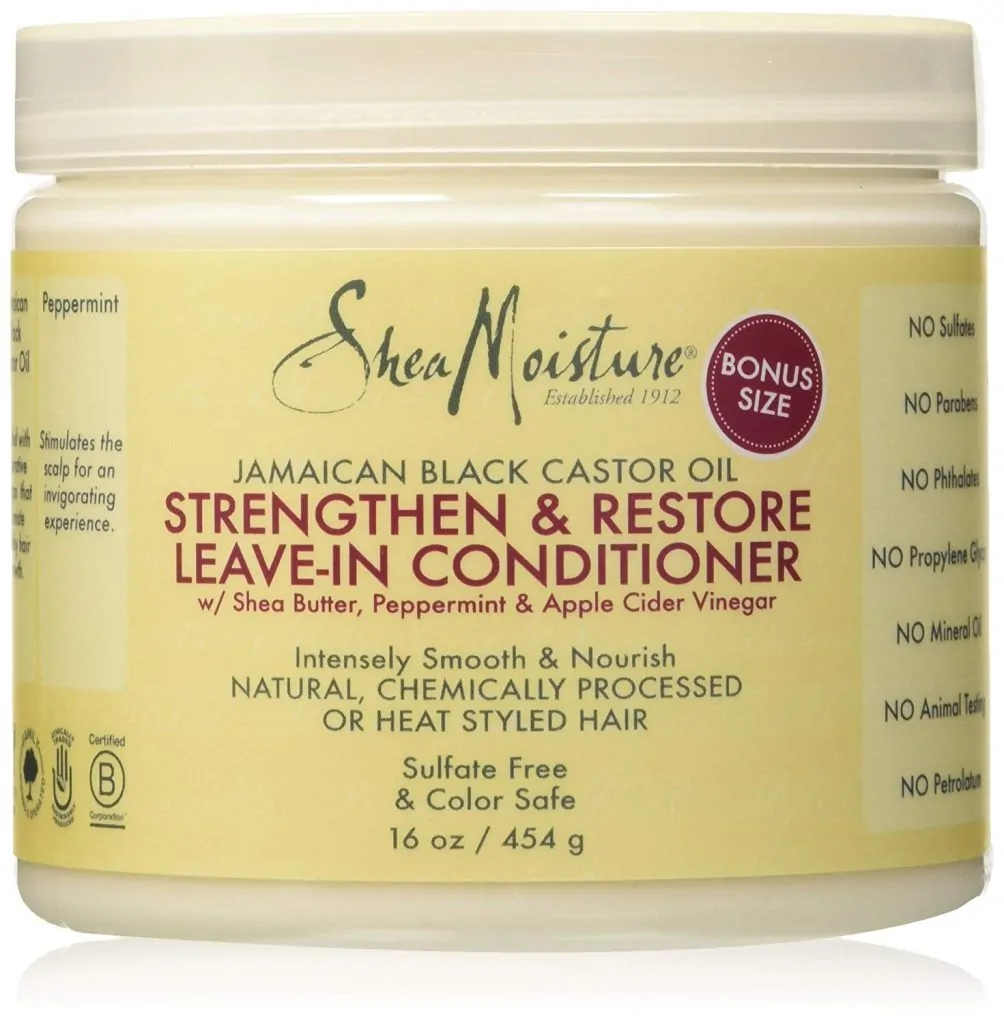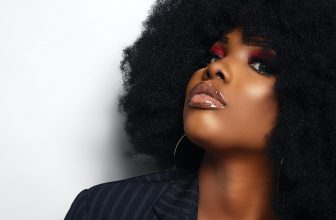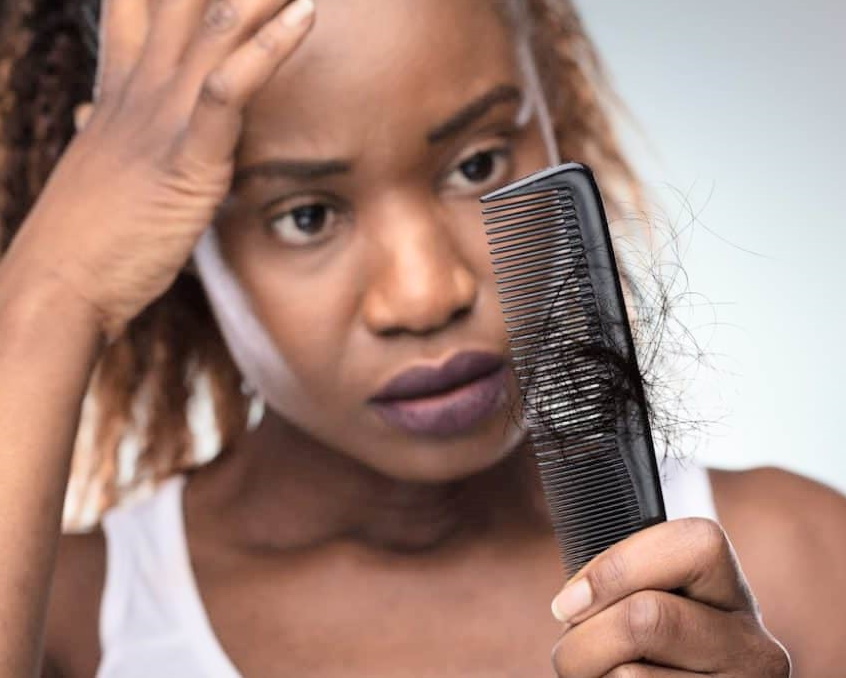Naturally Waterproof – My Tips for Establishing a Low Porosity Hair Regimen
What is Low Porosity Hair?
Hair with low porosity is something that we, with our Afro American heritage, often suffer from. It refers to the hair’s inability to absorb moisture, and it’s helpful to know whether your particular hair is low, medium or high porosity, so that you can manage it accordingly.
A hair strand is made up of several layers. The medulla runs up the centre of the hair shaft, surrounded by the keratin rich cortex, while the outer layer is the cuticle. This is covered by overlapping cells, arranged in a similar manner to roofing shingles.
How can you tell the porosity level of your hair?
Although this method isn’t scientific, it gives a good indication of the porosity level of your hair.
Take a strand of hair – pull it from the root if you can, and run your fingers gently along it towards the scalp end. If you can feel a slight roughness, it’s a sign that the cuticle cells have lifted up. This is down to a damaged hair shaft, causing it to absorb moisture and swell as a result, meaning that your hair has high porosity. If the hair shaft feels smooth, however, you have low porosity, and any moisture can’t get through the tightly closed cuticle cells. If any does manage to penetrate the shaft, the strands will remain moisturized for longer than high porosity hair.
What does having low porosity hair mean?
Due to the firmly closed cells on the outside of the hair shaft, hair with low porosity can look glossy and healthy, often with a spring or bounce as the tight outer cuticle pulls the hair back into shape. For this reason, it can resist chemical and straightening processes, and be prone to products leaving a residue build-up along the hair shaft, which leaves your hair feeling rough and stiff.
Low porosity hair regimens
Although shampoos can leave a coating on low porosity hair, it isn’t wise to avoid them all together. Look for a clarifying shampoo as these are great at removing built up residue, leaving your hair and scalp clean and fresh.
With low porosity hair, it’s best to avoid protein conditioners and choose ones that include glycerin or honey instead. Moisturizing treatments that are rich in emollients are extremely beneficial. Shea butter and jojoba and coconut oils are the keywords to look for, whilst lighter products, such as hair milks, won’t leave hair feeling greasy.
Applying a low heat from a warm towel, while you leave any conditioning treatments on your hair can open up the cuticle cells, allowing the moisture to penetrate through to the cortex. As an alternative, cover your hair with a cap while the treatment is on, and apply gentle, constantly moving heat from a hair dryer over the cap.
Best Home Remedy for Low Porosity Black Hair
This Leave-in Conditioner from Shea Moisture is ideal for low porosity Afro American hair.
Designed to nourish, strengthen and moisturize your hair, its impressive list of ingredients includes Jamaican black castor oil, shea butter and peppermint oil. With a gorgeous and long lasting aroma, the results, after just a couple of uses, are awesome. I love it!
Shea Moisture Strengthen & Restore Leave-In Conditioner 16 oz (Pack Of 1)
- VITAMIN E MOISTURIZER: Jamaican Black Castor Oil is a rich source of Vitamin E, known for its benefits as a hair moisturizer and supporting lush, healthy hair growth for all hair types including curly hair.
If you enjoyed this page and would like to read some of our other blogs, then consider having a look at these other pages too!
Related Posts:
- 8 Best Oils For Low Porosity Hair 2024 - Review &…
- Keratin Treatment for Black Hair - Discover the…
- 12 Best Coconut Oil For Natural Hair Growth 2024 -…
- 7 Best Red Hair Dye for Dark Hair 2024 - Top Picks
- 10 Best Almond Oil for Natural Hair 2024 - Top Picks…
- 9 Best Oils for 4c Hair 2024 - Review and Buying Guide







